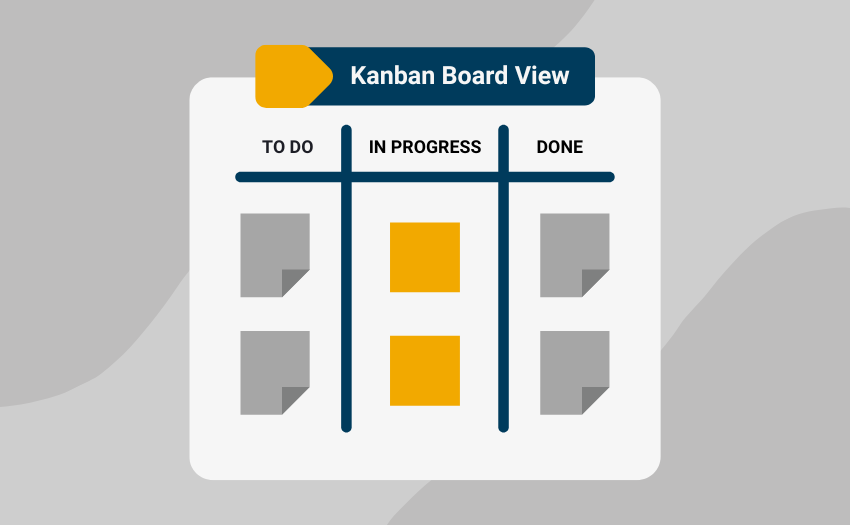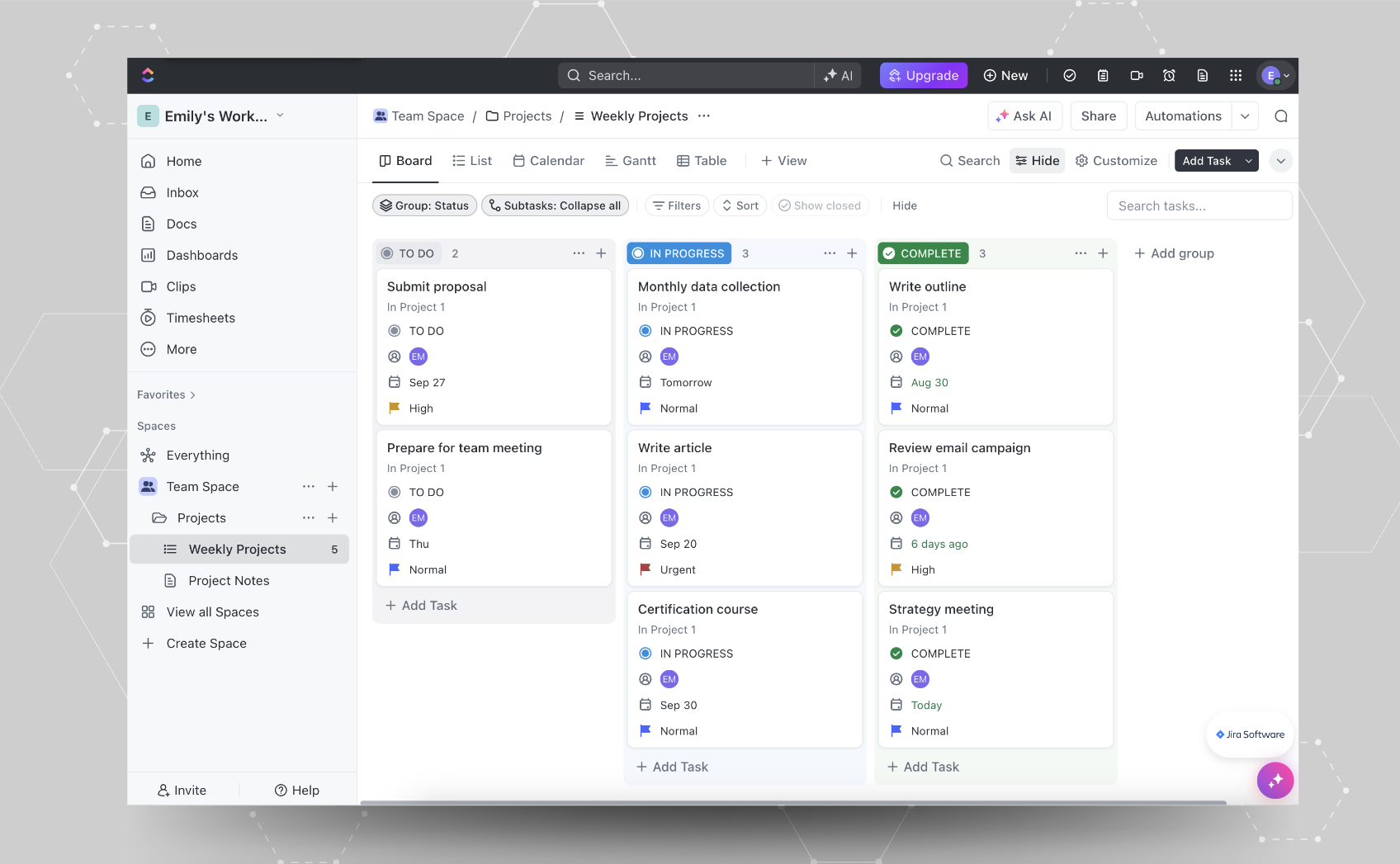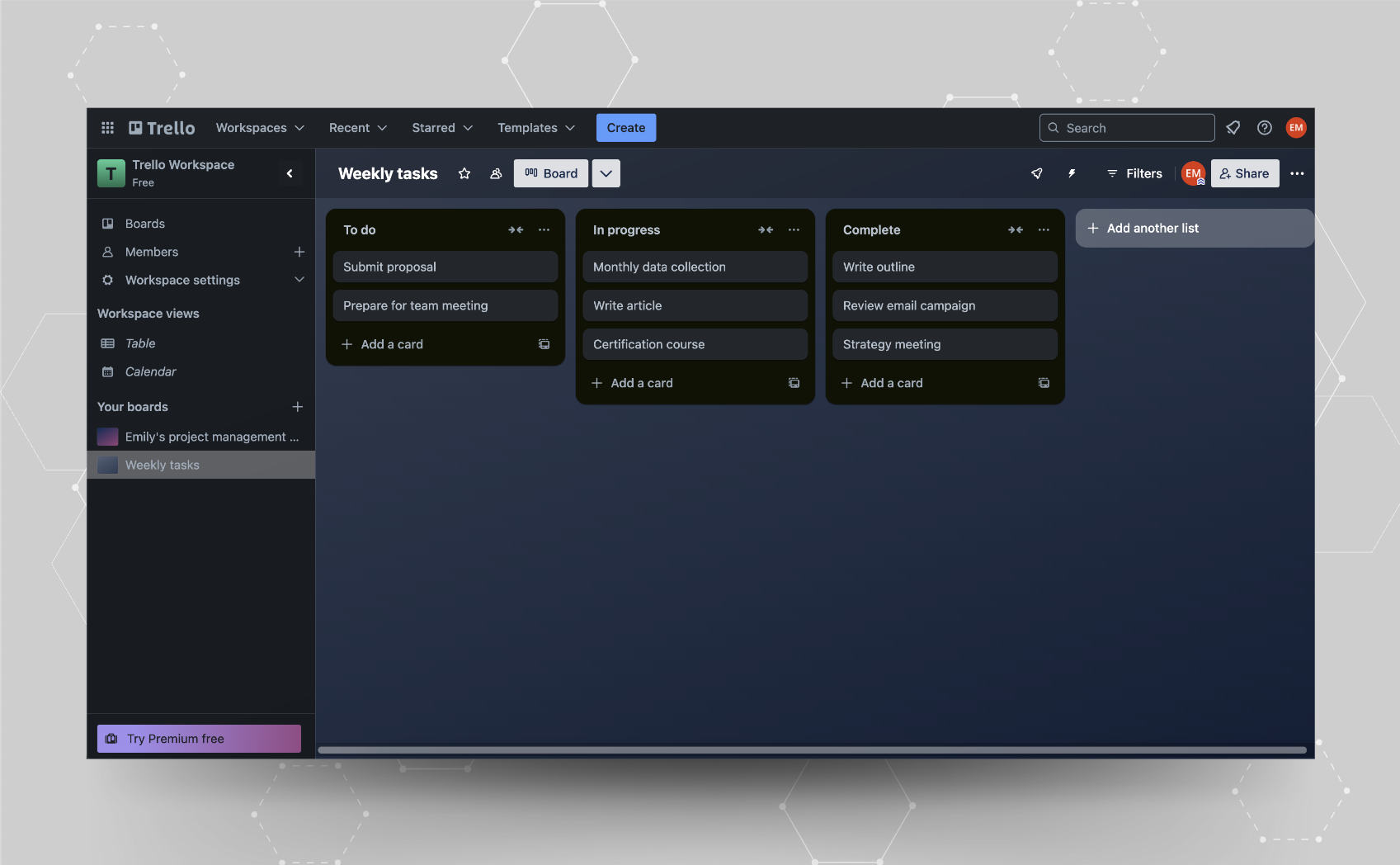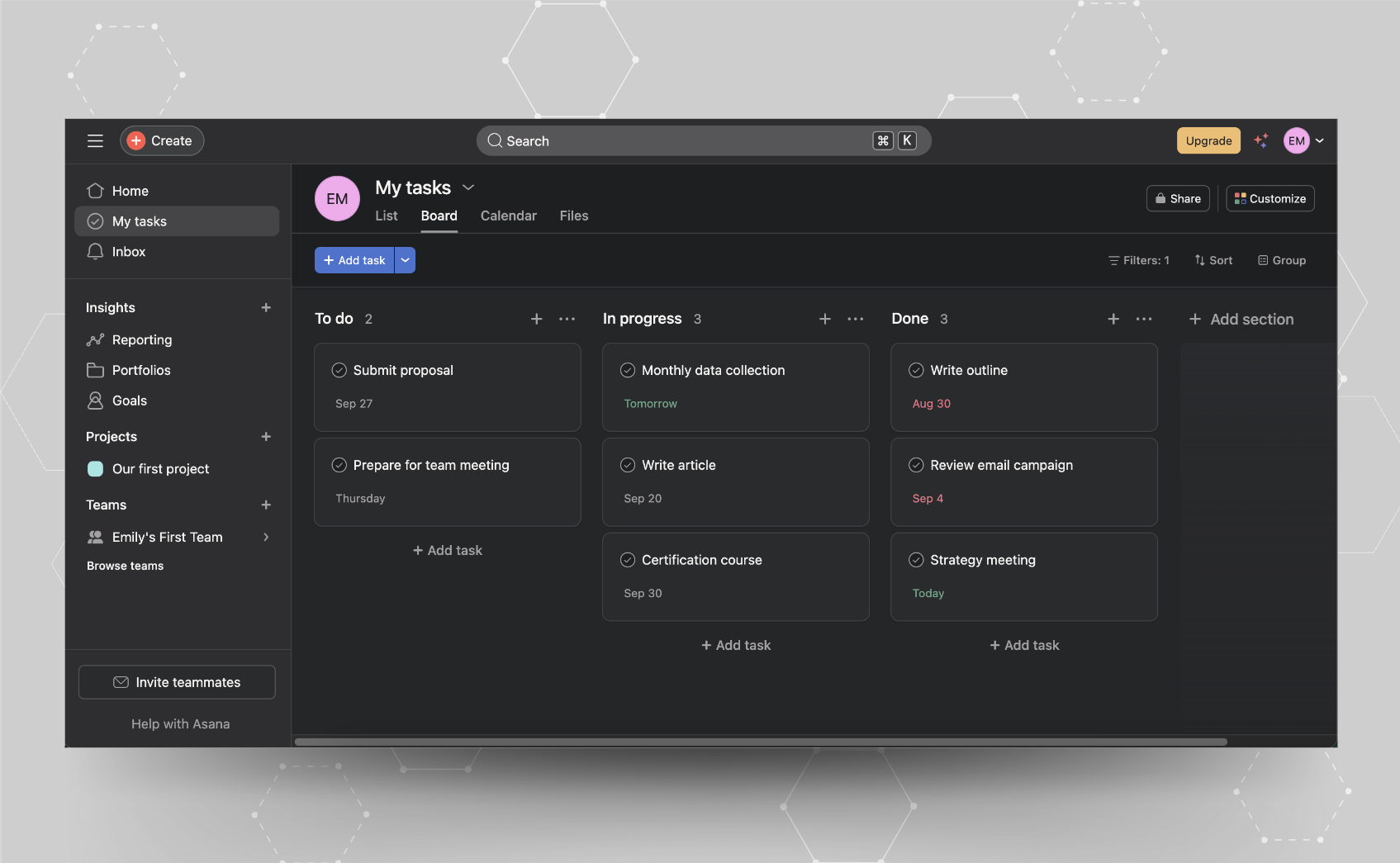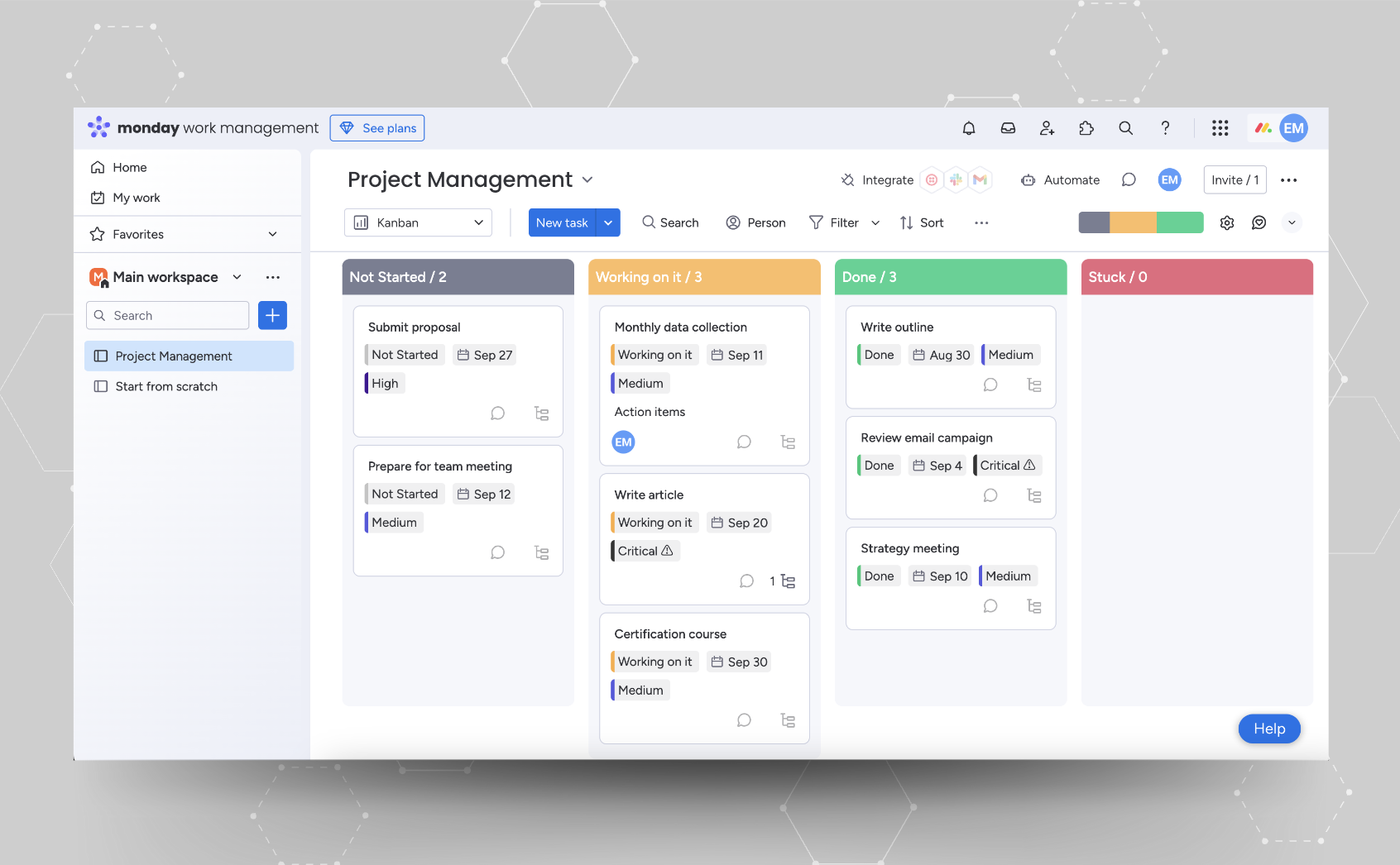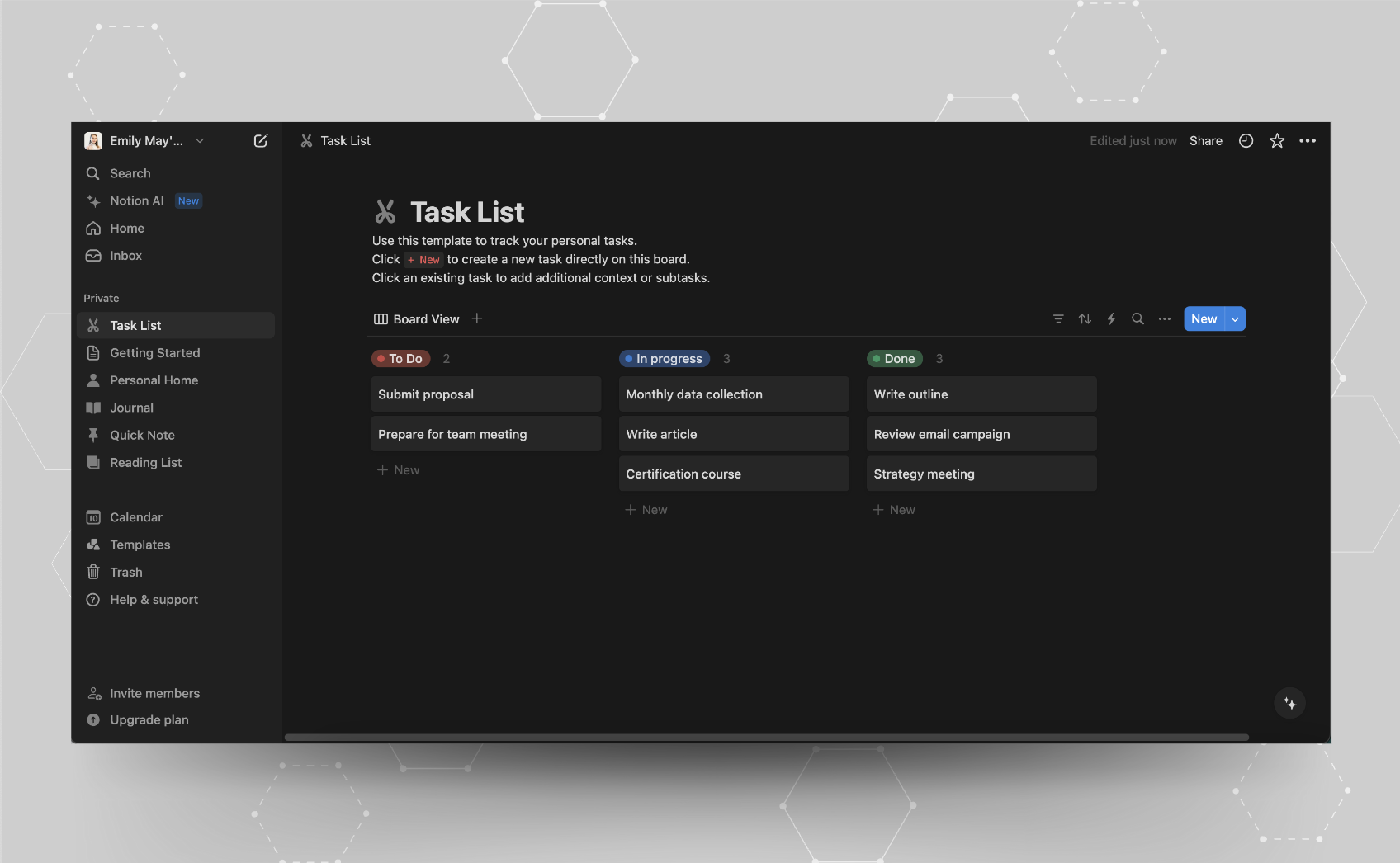Pros:
- Notion offers a straightforward interface and usability.
- Instead of creating cards with pre-existing customization, users can take advantage of as little or as much customization as they see fit.
- Card creation and moving work across the board is simple and fast.
- Free for individuals, with limitations on features including storage, blocks for teams, and guest invites.
Cons:
- You must be careful when you click around your board, as I accidentally deleted information within a card more than once.
Overall Impression:
Notion is a good option, though it wasn’t a favorite on this list. Unintentionally deleting things in my kanban board isn’t something I’m willing to risk, especially since I add all important tasks, notes, and attachments at the time of card creation so that I won’t forget.
The Winner
The real question is: which tool am I still using today to manage my projects? The finalists came down to Asana vs. Trello, but the winner of this showdown goes to Trello. The tool is easy to use, offers a kanban view and background color options that help ease eye strain, and it’s free.
The runner-up goes to Asana. If it wasn’t for the confusion around accessing the tool's free portion after the free trial ended, Asana may have been the winner. Asana was one of my favorites on this list, and I may experiment with it again, but for now, I’m continuing to enjoy Trello to stay on top of my projects.
If some of these tools piqued your interest, consider trying them for yourself. Every professional has different criteria for what makes a project management tool effective; therefore, everyone will have their own unique perspective of each.
Are you looking to enhance your expertise beyond personal project management? Our Agile Project and Delivery Management certification prepares leaders to apply an iterative approach to project management within their teams to drive efficiency and boost stakeholder satisfaction.
Find an Agile Project and Delivery Management class today!


